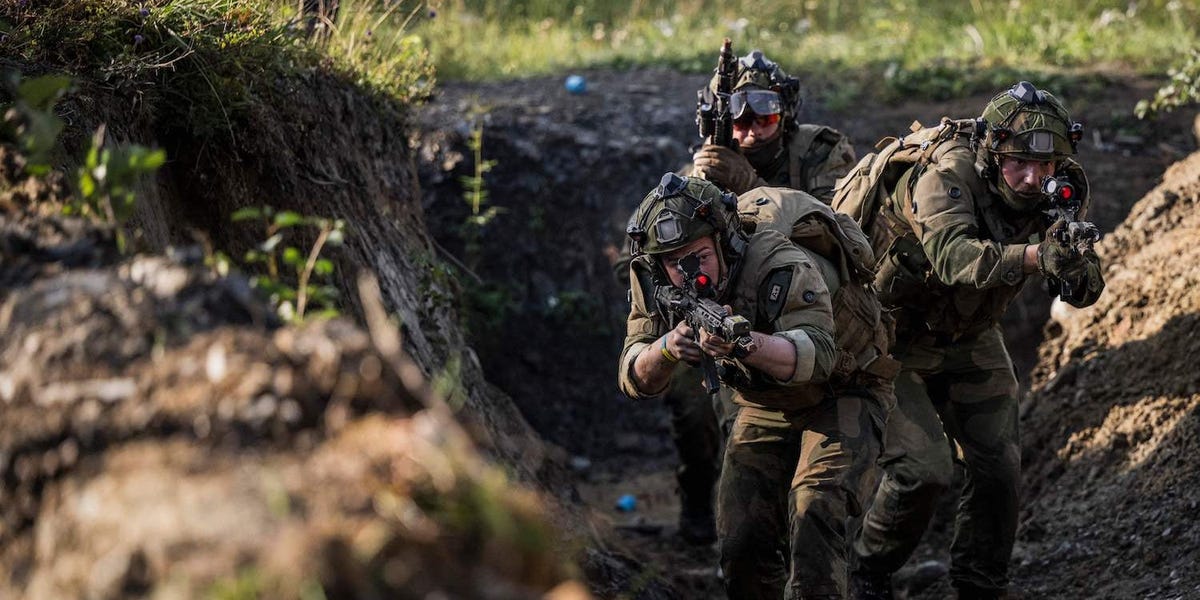Western-made armor is failing in Ukraine because it wasn’t designed to sustain a conflict of this intensity, a military analyst told The Wall Street Journal.
Taras Chmut, a military analyst who’s the head of the Come Back Alive Foundation, which has raised money to purchase and provide arms and equipment to Ukraine, said that “a lot of Western armor doesn’t work here because it had been created not for an all-out war but for conflicts of low or medium intensity.”
“If you throw it into a mass offensive, it just doesn’t perform,” he said.
Chmut went on to say Ukraine’s Western allies should instead turn their attention to delivering simpler and cheaper systems, but in larger quantities, something Ukraine has repeatedly requested, the newspaper reported.



Is air superiority really Natos primary strategy? Or is their coupling?
Removed by mod
I remember back when Kosovo happened, and the claim was that the entire war would be won from the air, without ever putting boots on the ground. Farcical, but people honestly seemed to believe it.
That was shortly after the Gulf War where air dominance was the cornerstone of the coalition approach. The war opened with an all out deluge of “precision” strike bombings (of varying degrees of precision) and air power continued to play a key role throughout.
Go back before that and you’ve got carpet bombing in Vietnam, and before that you’ve got Bomber Harris and “reap the whirlwind.”
Air power is attractive because you can use a lot of money and technology, and very little manpower to make an outsized impact. That makes it very palatable to voters, so when you’re an alliance of mostly democratic nations you can wield air power with very little outlay of political capital.
It’s also clean and easy; there’s nowhere to hide in the air. If you can show up with more and better planes than the other guy, you’re basically guaranteed to dominate that theatre, and unlike naval power which more or less stops at the coastline, air power acts as a huge force multiplier to your actions on the ground. The US in particular loves air power because you basically just throw money at the problem and win every time.
With air superiority you can use tactical bombing and CAS to engage threats that your ground troops positively identify, while also giving precise spotting information to your artillery. Air and ground assets can work hand in glove to engage and destroy the enemy largely without ever having to directly engage them. The soldier on the ground becomes a pair of eyes for an A-10 or A-111. Every enemy tank, bunker or foxhole just becomes a new target for a maverick or paveway.
There are numerous problems with this strategy (we don’t talk about the friendly fire stats for the A-10), but on the whole it provides a very politically effective way of engaging in ground wars, one that tends to be high on collateral and civilian damage, but low on friendly troop casualties, and that’s what matters when you’re a NATO country. As long as the boys aren’t coming home in body bags, you can run up literally trillions of dollars in debt and no one will bat an eyelid.